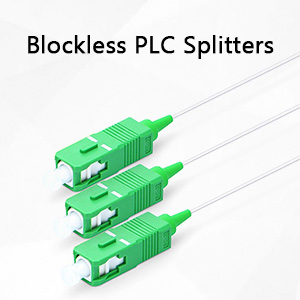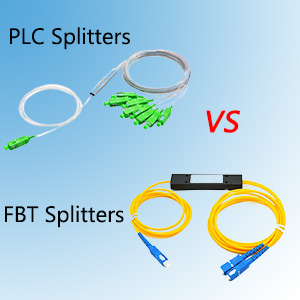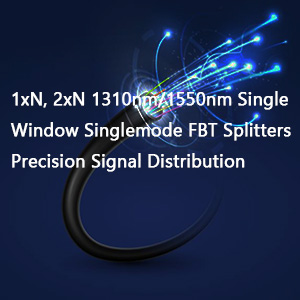Passive Optical Network (PON) fiber splitters are indispensable components within fiber optic communication systems. They facilitate the distribution of optical signals from a single fiber to multiple fibers, which is vital for applications such as Fiber to the Home (FTTH) and other broadband services. Let’s delve into the various types of PON fiber splitters available in the market.

What Are PON Fiber Splitters?
PON fiber splitters are passive devices that do not require external power sources. They utilize optical waveguide technology to split the incoming optical signal into multiple output signals, making them an ideal solution for expanding network capabilities without the need for additional power.
Types of PON Fiber Splitters
- 1U Rack PLC Splitters: These splitters are designed for installation in standard 1U racks, offering a compact and organized solution for managing fiber connections. Their modular design allows for seamless integration into existing network infrastructure.
- ABS PLC Splitters: Made with Acrylonitrile Butadiene Styrene (ABS), these PLC splitters are encased in durable materials that protect them from environmental factors. They are commonly used in outdoor settings due to their robustness.
- Bare PLC Splitters: These splitters come without any protective housing, making them suitable for laboratory use or specialized applications where space is a premium. However, they require careful handling to prevent damage.
- LGX Box PLC Splitters: LGX (Lucent Generic eXtensible) box splitters are modular devices that simplify installation and maintenance. They offer flexibility in fiber management and are suitable for both indoor and outdoor deployments.
- Mini Plug-In PLC Splitters: Compact and efficient, mini plug-in PLC splitters are designed for scenarios with limited space. Their small form factor makes them an excellent choice for dense installations.
- Tray Type PLC Splitters: Tray-type splitters provide a robust solution for large-scale deployments. They are designed to be mounted in fiber distribution trays, ensuring organized cabling and easy access for maintenance.
Choosing the Right PON Fiber Splitter
When selecting a PON fiber splitter, consider factors such as the application, installation environment, and the number of output fibers required. Each type of splitter has its unique advantages, so choosing the right one can optimize network performance and ensure reliability.
Conclusion
PON fiber splitters are pivotal in modern fiber optic networks, enabling efficient signal distribution across multiple connections. By understanding the various types available, from rack-mounted solutions to compact designs, users can make informed decisions that enhance their network capabilities. Whether you’re expanding an existing network or setting up a new installation, the right splitter can make all the difference.










